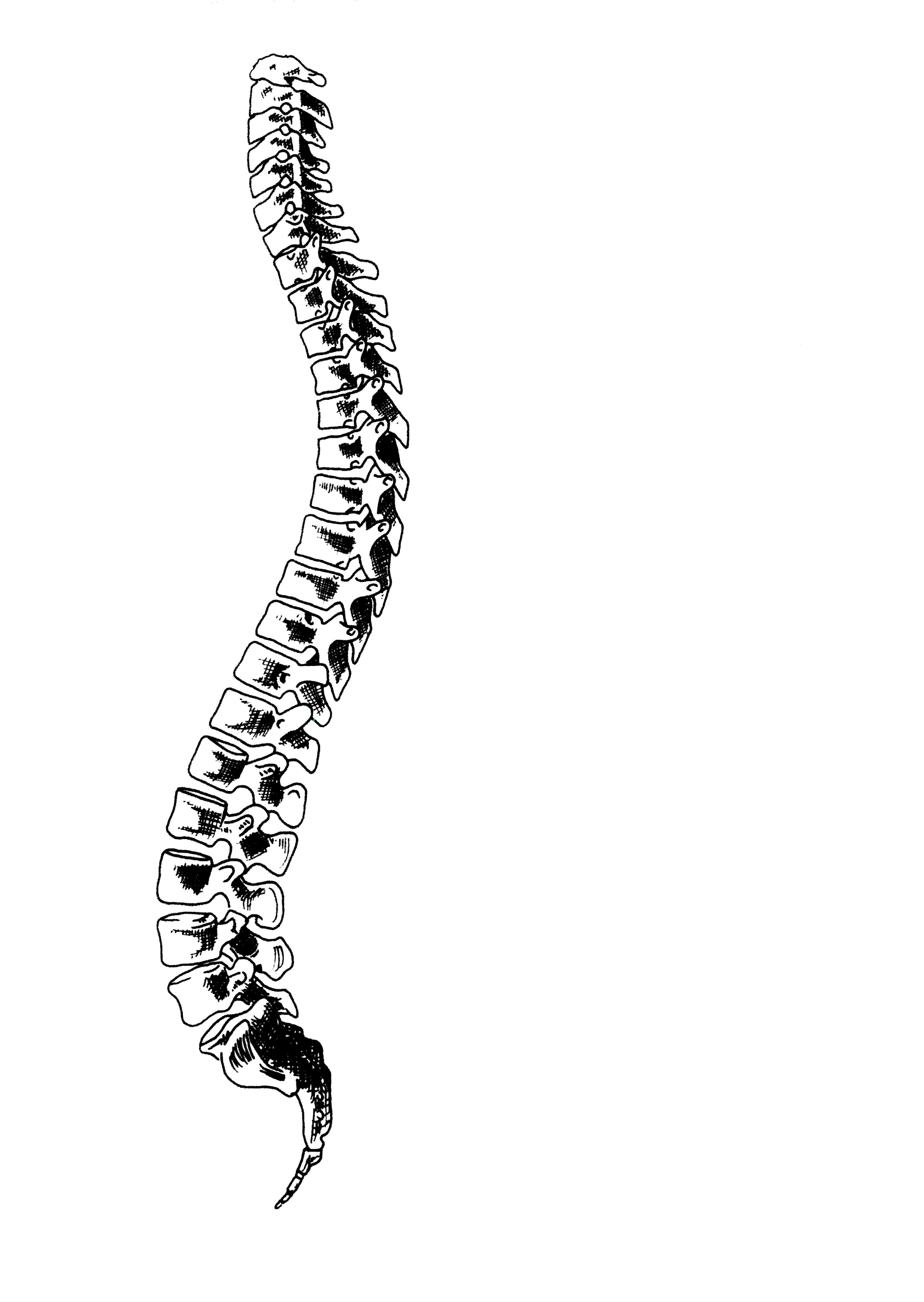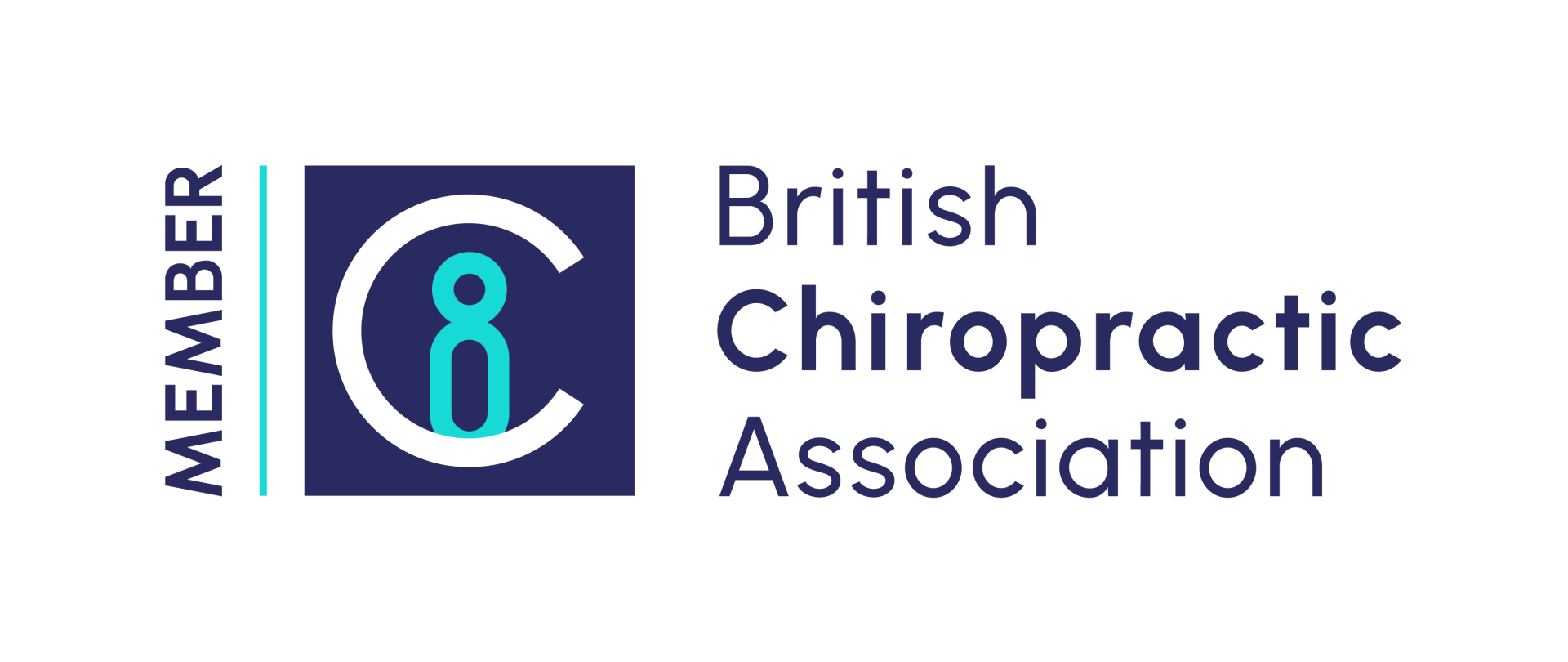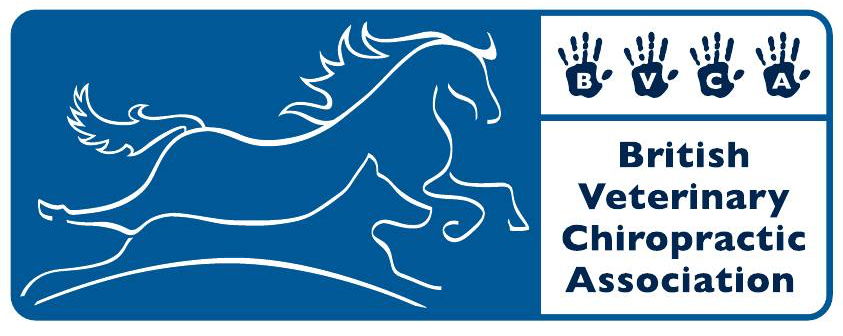If you’re suffering with back, neck, shoulder or muscle pain, then chiropractic treatment could be the answer that you’re looking for.
Our aim is to treat the cause of the pain, and not just the symptoms.
Chiropractic treatment may help with:
- Back pain - be it upper, mid or lower back pain, recent or chronic
- Neck pain
- Some forms of headaches and migraine
- Shoulder problems
- Elbow and wrist pain
- Hip, knee & ankle pain
- Minimising risk of reinjury
What Chiropractors treat
- Chiropractic is primarily concerned with the diagnosis & treatment of the neuro-musculo-skeletal system (muscles, bones & joints) with emphasis on the spine.
- When a joint becomes fixed within its normal range of motion it can cause restrictions of movement and dysfunction of the surrounding muscles and ligaments – known as vertebral subluxation complexes - this is what we treat.
Professional
Our chiropractors are experienced in diagnosing, treating, managing & preventing problems not only associated with the spine but all muscles & joints in the body so can not only effectively deal with back pain but can also help with problems such as headaches or knee pain.
Personalised
Treatments are tailored to the individual, using a range of methods dependent on your pain type and where the pain is located.
We are also able to offer health, lifestyle and ergonomic advice.
Frequently Asked Questions
If you've been experiencing any type of back pain, neck pain, joint or muscular pain, you may be considering visiting a chiropractor.
We can appreciate that you may have some unanswered questions regarding our practice and services, so here we aim to answer those as best as we can.



